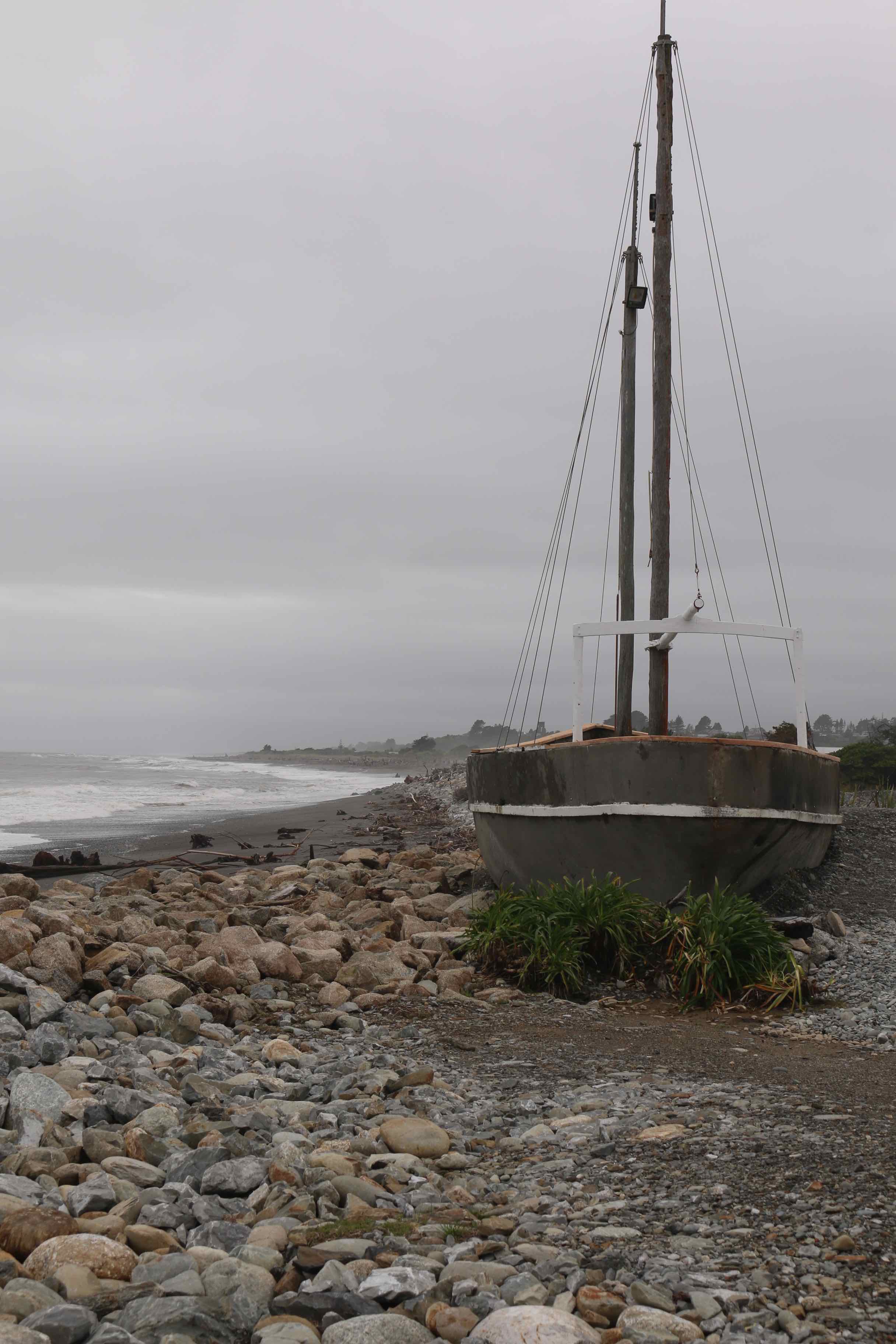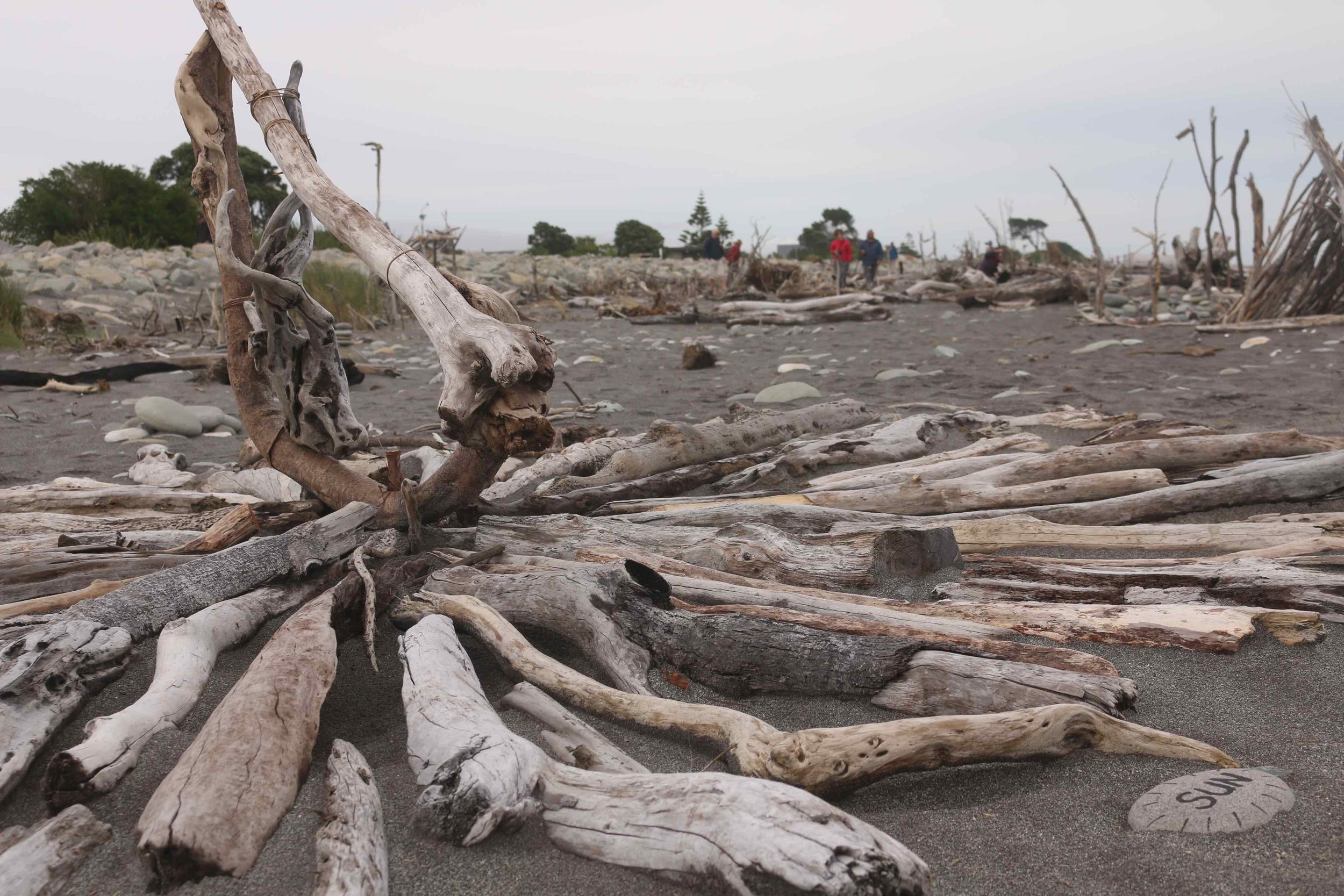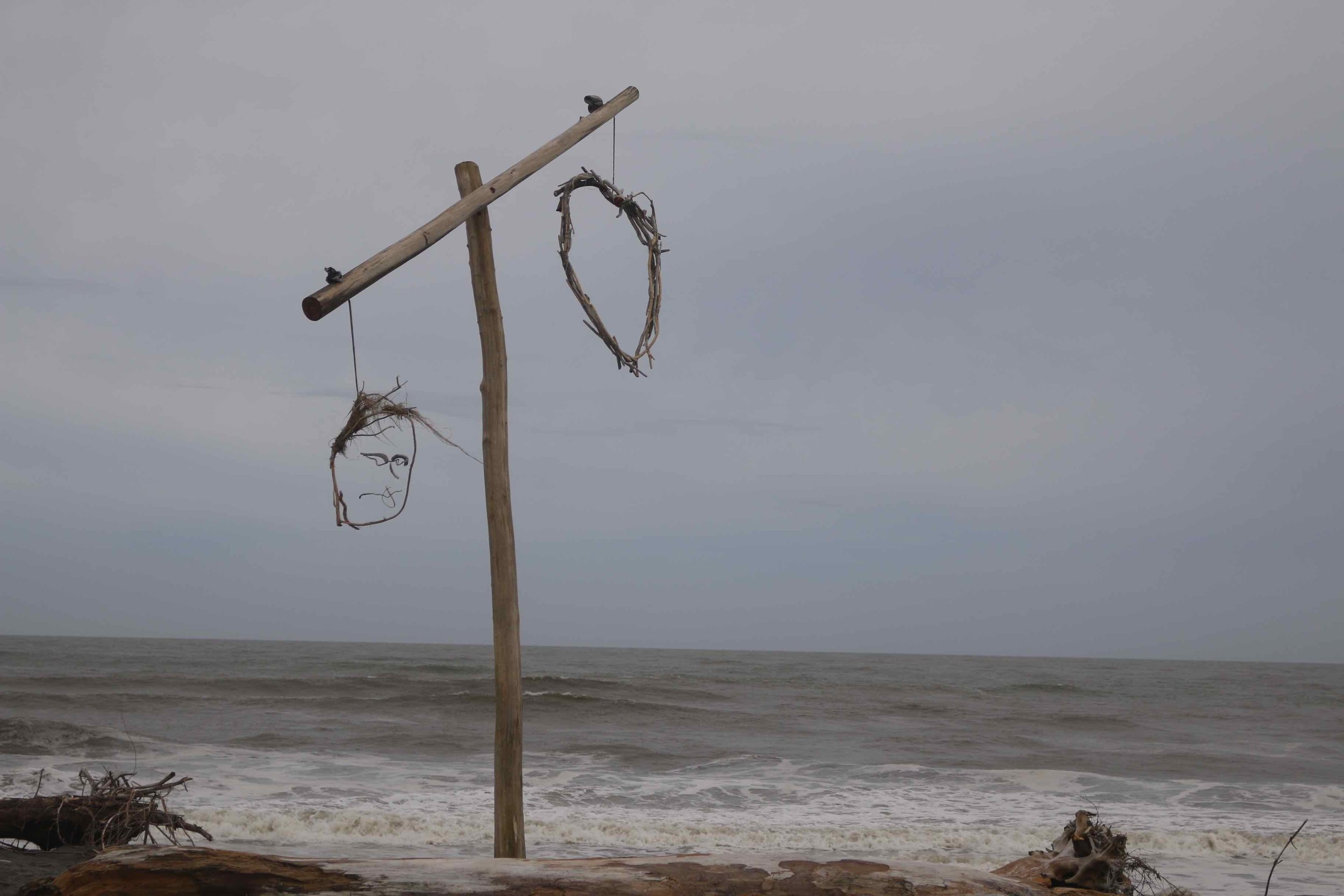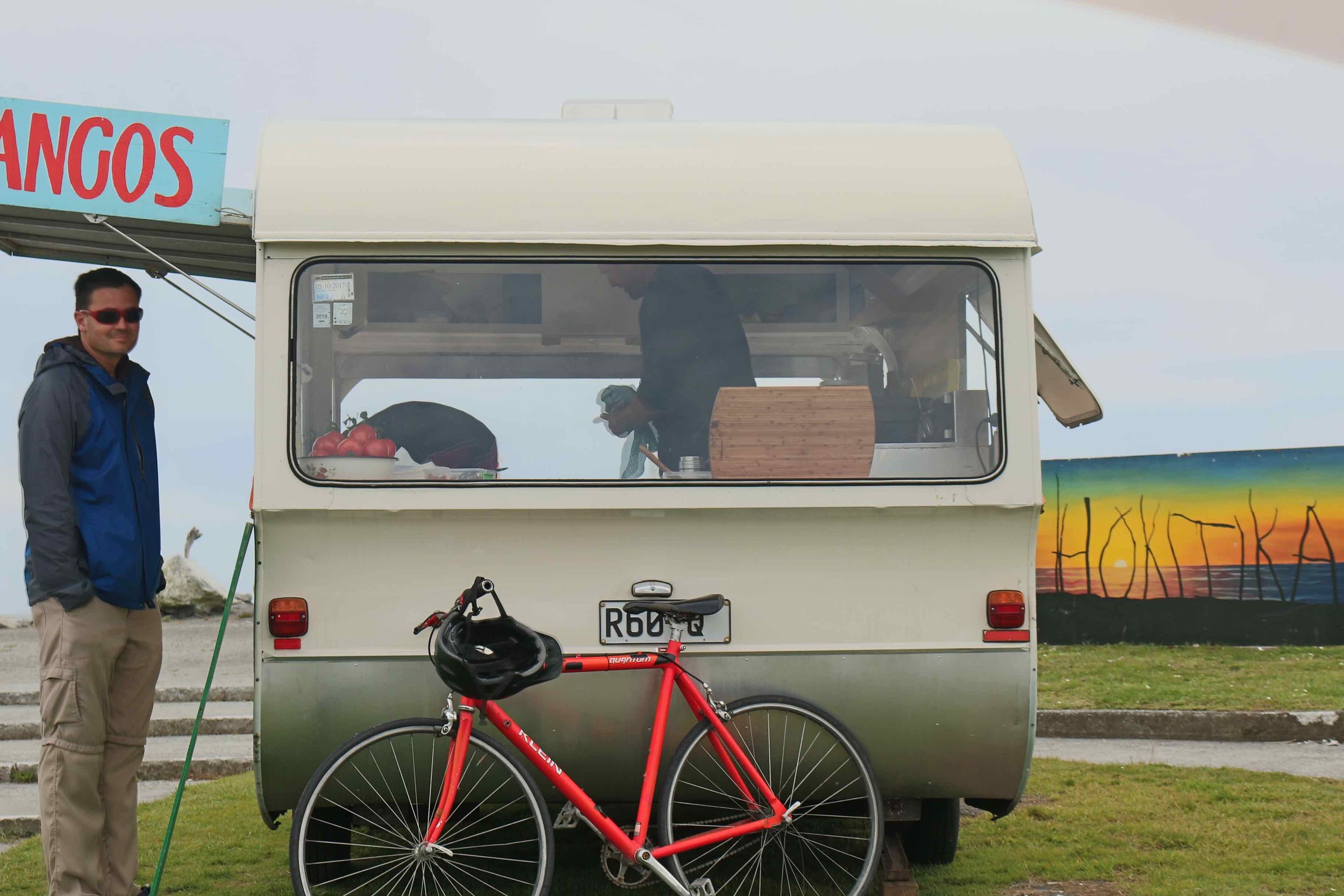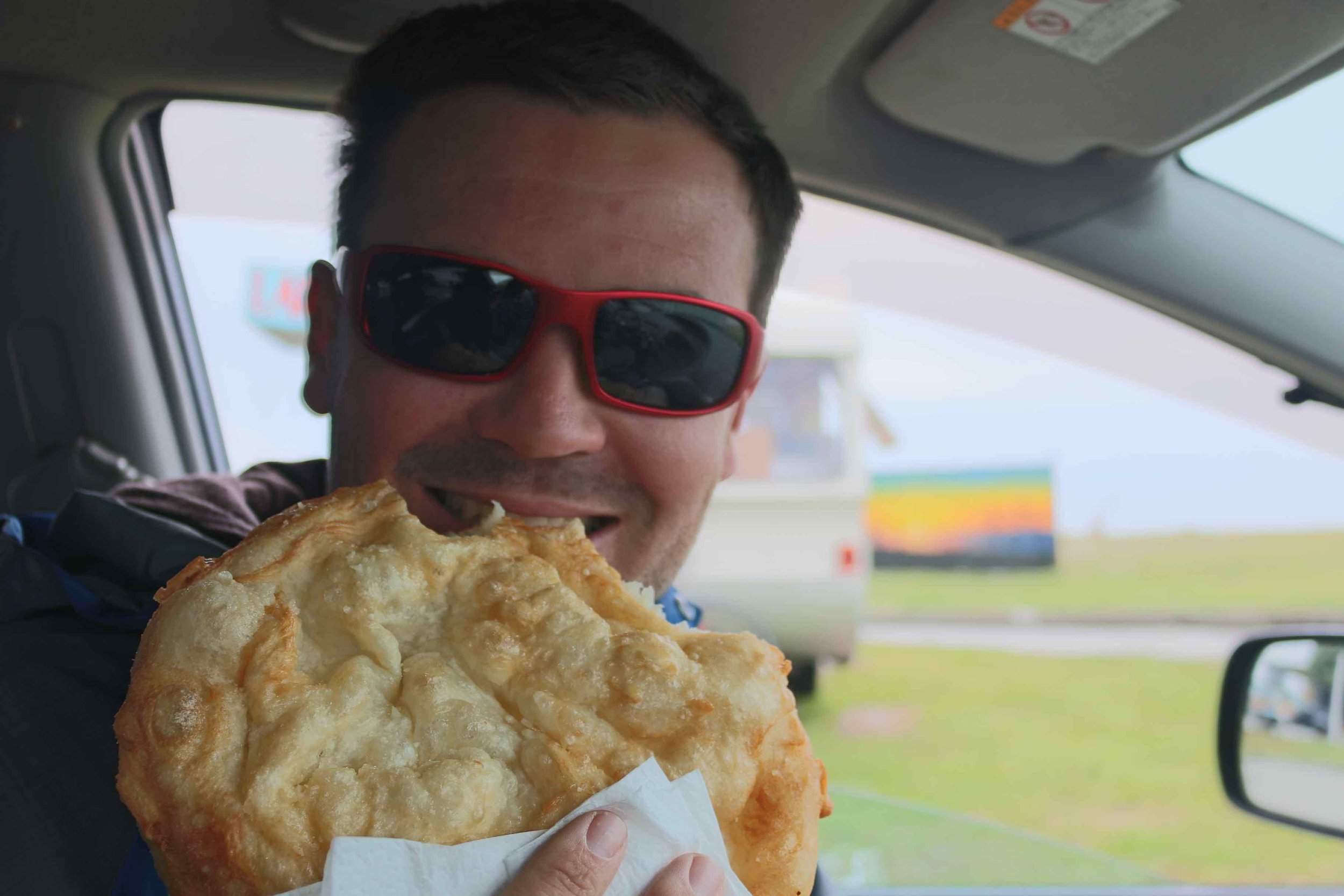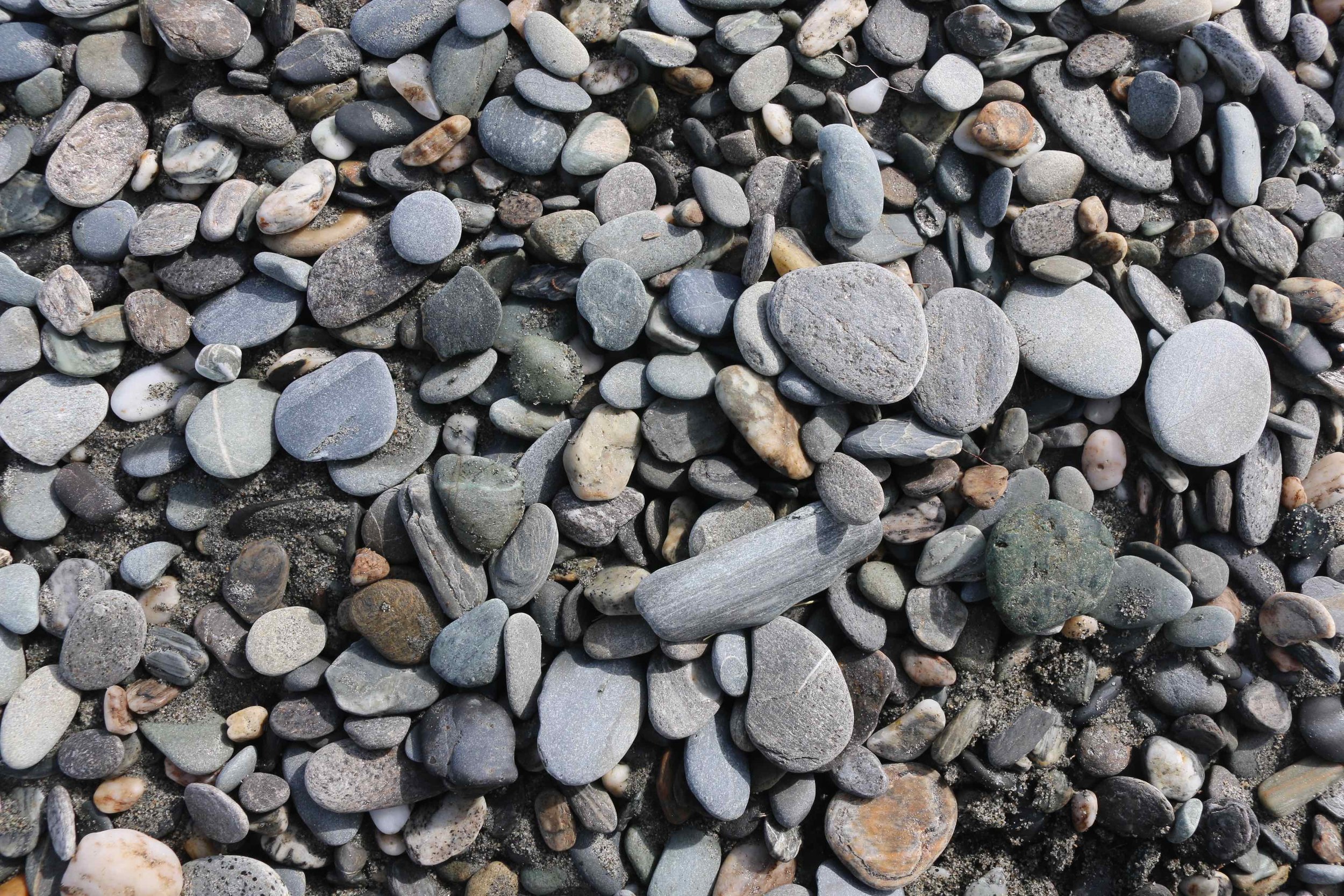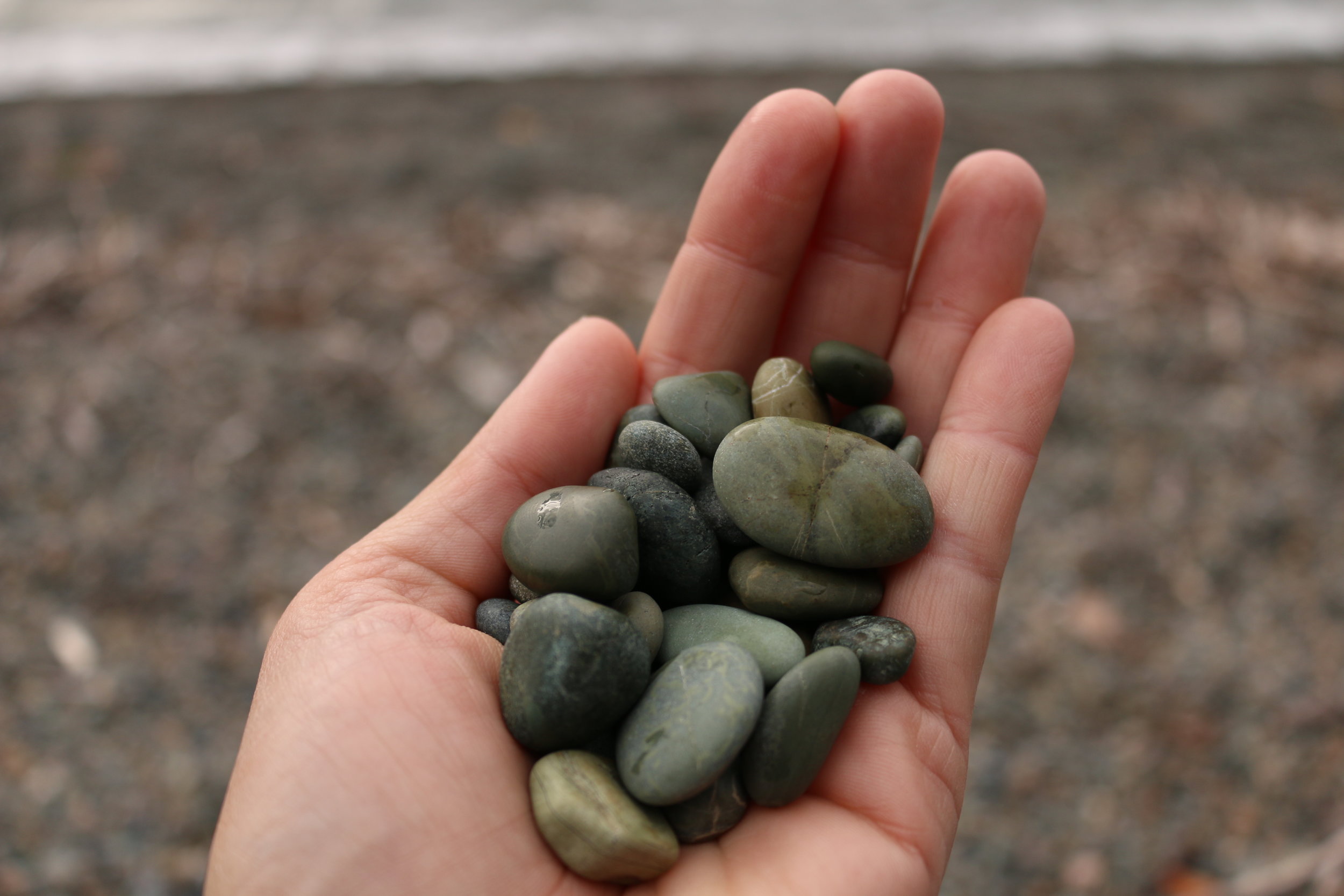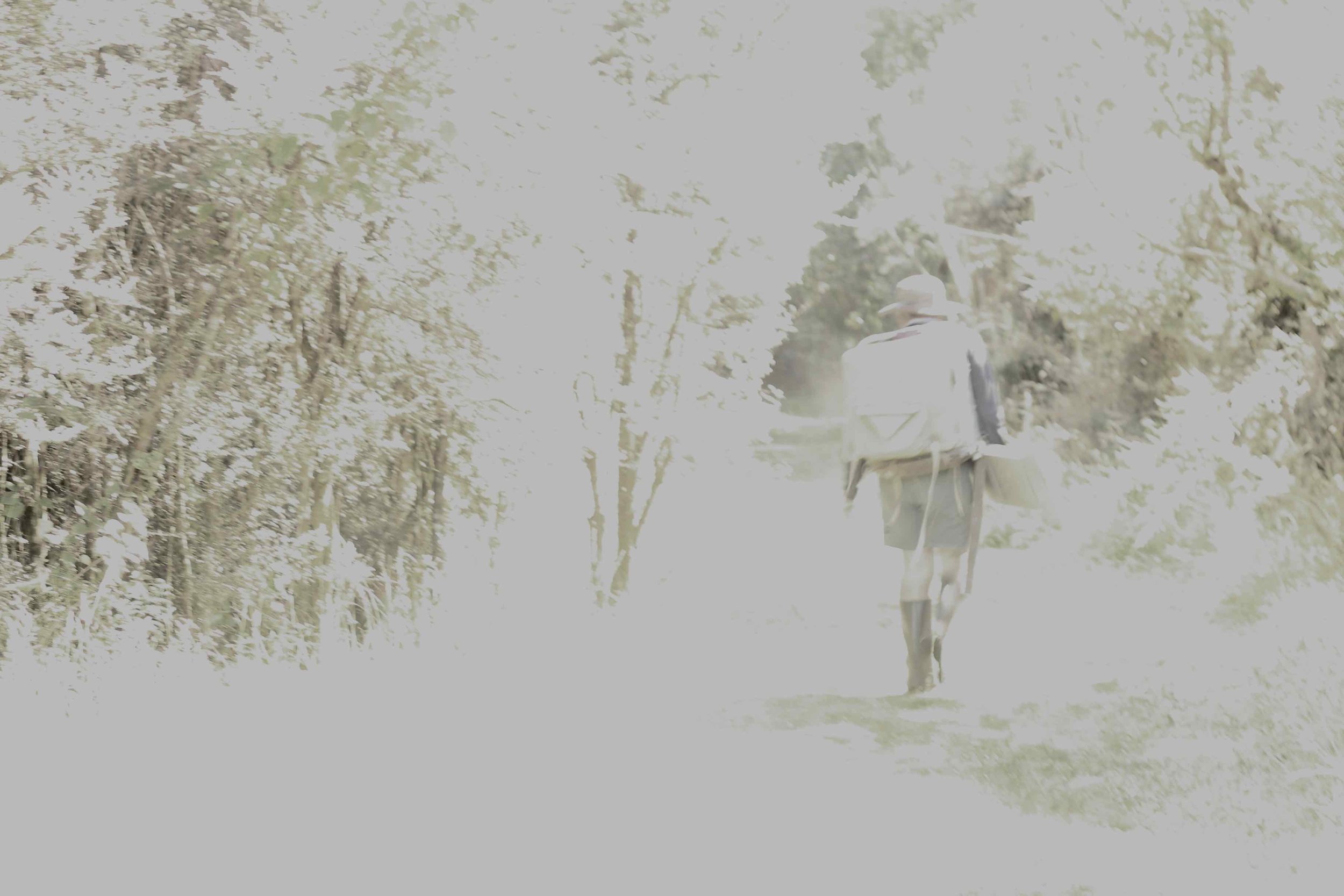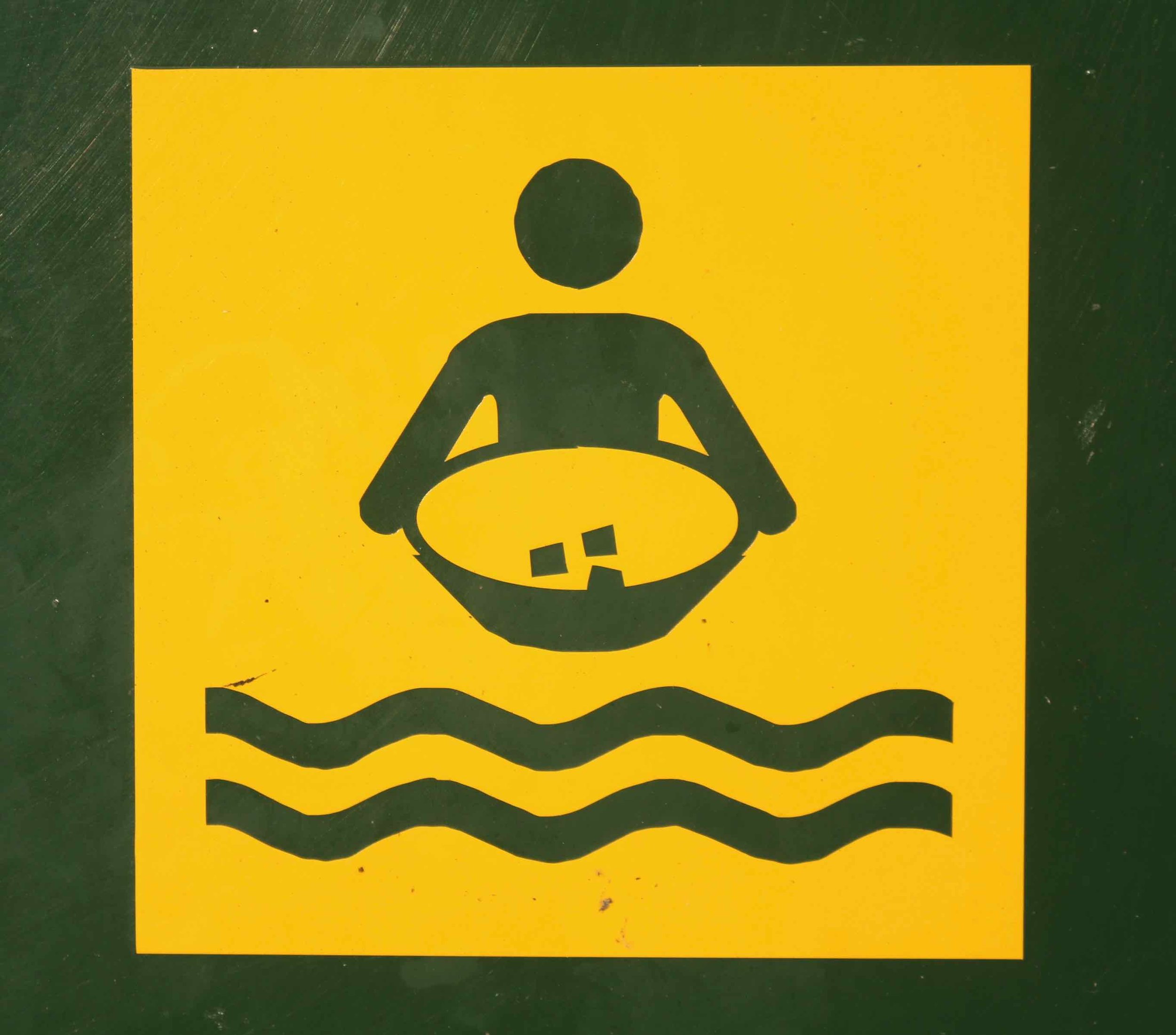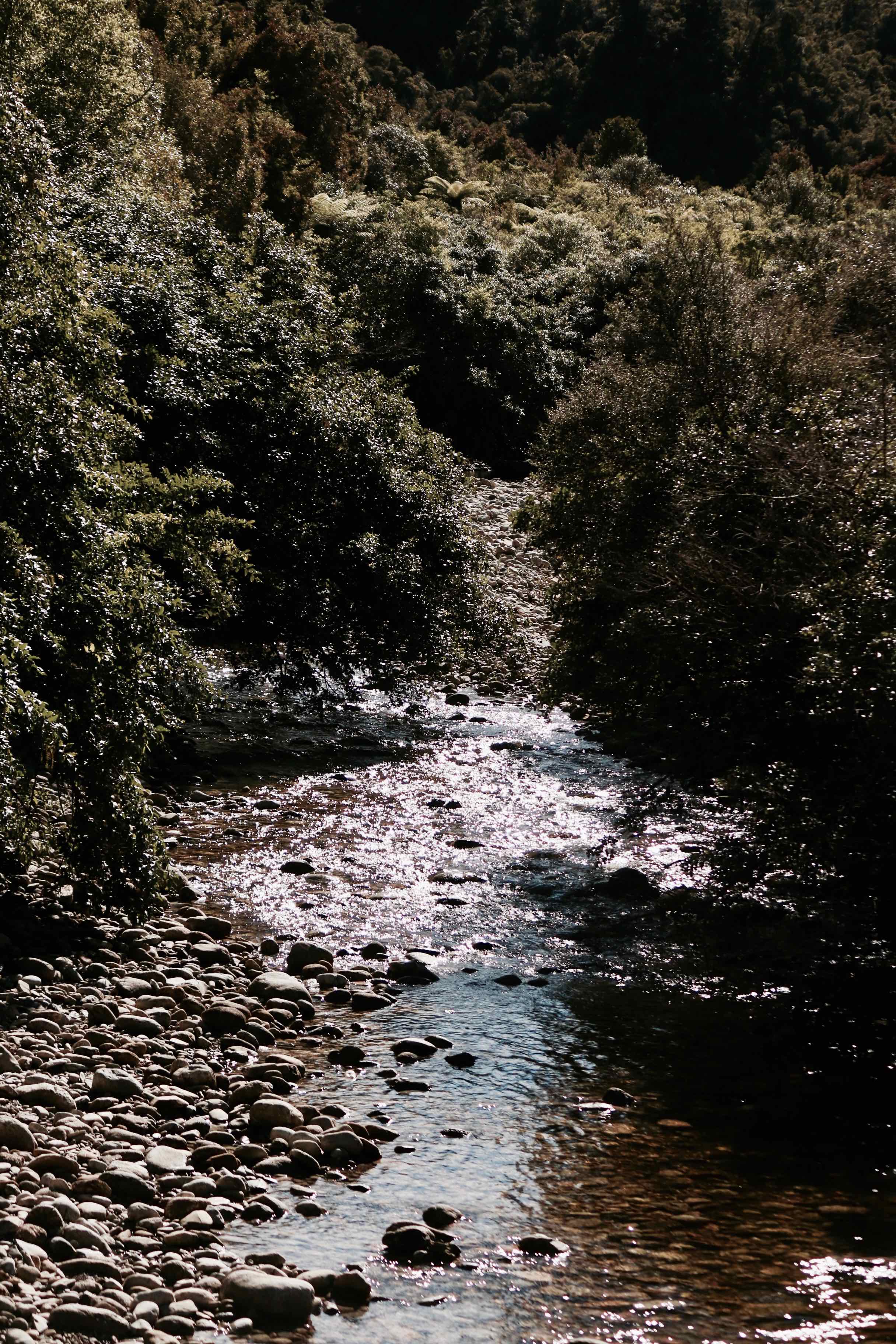New Zealand works hard to give travelers an “authentic” experience and “100% New Zealand Made” souvenirs and crafts. But the border around the term “authentic” gets stretched anytime you must serve millions of tourists and the stakes are in the millions of dollars. We find this conundrum at play everywhere we go. During our stays, we watched the streets of Mexico or Tonga transform on “cruise ship day”. The usually relaxed and inviting streets of Ensenada fill with crowds of beggars, barkers at restaurants, and men bargaining at trinket shops trying to hock their wares. In Tonga, the center of commerce at the local vegetable market picks up and moves to an alley of tents set up two steps off the wharf for tourists to buy a trinket and get back on the boat within the 2 hours allotted. (Cabo is Cabo though, those guys are salesmen in their sleep.)
So which is the authentic experience? To the two thousand people who arrive by cruise ship, their version of Mexico and Tonga are the busy streets with beggars and barkers. The Tonga and Mexico I see are slow paced full of friendly people who have the time and interest to talk to you, and have only a moderate interest in trying to sell you one of their trinkets. Both versions of the experience are real.
This line of thought was triggered by our hunt to purchase our souvenir “Authentic NZ Greenstone”. Just like the “Mexican Sombreros” offered for sale in Ensenada and donning a “Made in China” label, New Zealand has it’s own struggles with authenticity.
We arrive in Hokitika, a nice little city with a quirky art feel. The beach is decorated with interpretive sculptures crafted from driftwood, rocks and sand from a competition a few weeks back. A food truck (my favorite!) is selling Hungarian fry bread on the beach. We order a garlic and butter frybread, then start walking thru the city. But, no messing around, we are on a quest to find some NZ greenstone and this is supposed to be the place.
We go into store after store looking at the different carvings. Everything is quite expensive and this is starting to look more like a jewelry purchase rather than a trinket souvenir. We stop at an artsy store, and a woman hangs a beautiful but ungodly expensive piece around Leslie’s neck. It’s pretty, and the lady is sure it’s the right piece for Leslie. The lady says: “You’ll be back. The right piece of Jade talks to you. It absorbs you.” I have no idea what she means by that.
Being the cheapskate I am, I check the internet to see if I can find my own jade, hang a chunk of it around my neck, and save myself a couple hundred bucks. Wouldn’t that be more authentic anyway? I envision myself shadowing the footsteps of ancient Maori searching the rivers and beaches of New Zealand for the perfect piece of stone.
The internet says if you walk along the beach in Hokitika, look carefully, and feel for a rock that has a “soapy” feel, you will come up with some NZ greenstone. If you aren’t sure, rub it on your forehead and if it is jade, I will absorb the oils on your skin. Easy as that. Well, the complication they don’t tell you is that all the rocks in New Zealand are green - especially when wet. The beach is covered with green stones that are not jade. And, to my untrained fingers, pretty much every damn rock I touch feels like “soap”. But, I don’t know this yet. So, after a couple of hours, I have a bag of very nice-looking green rocks in my possession. “Why all the fuss?” I think. I look over at Leslie and see both pants pockets and both coat pockets bulging out, and she is rubbing a rock on her forehead.
We put the rocks in the car and continue our tour of Hokitika. We pop into a local book store and find a lovely book about jade. I start thumbing through the pages, “true jade is easily confused with these common and worthless green rocks….” Damn.
We walk out of the area with small, artsy stores and find tourist shops with thousands of “jade” pieces ranging in price from $20 - $500. Some look nice, some don’t and the quality to price ratio seems random. What’s the story? We go into a store run by a self-described rock hound and find many beautiful stones and carvings. But he says he does not work in jade, because everyone else does. Now these stones and carvings are beautiful, but they are not jade, so we move along. We check out the gold store, selling gold nuggets found in the nearby streams and we get to hold a very large gold nugget as big as a golf ball. Again, beautiful, but not the stone the Maorri used to convey their power, not authentic.
After consoling ourselves with some “real fruit ice-cream”, because the regular ice-cream we usually eat is not authentic enough for us anymore, we decide nothingis calling our name and we will move on without this memento.
Down the road a little way in Ross we stop in to check out a bar, because I like beer, and because I really like beer served at old historic bars. It is closed. I want to cry over the beer I am not having, so we break out the peanut butter and jelly for some lunch and try to enjoy a beautiful afternoon sober and unadorned with jade.
Then, I notice some jade jewelry hanging in a window across the street. We head over and are greeted by an artistic type guy named Steve in his late 50s early 60s (hippie-esque, but passionate about what he does and with actual talent to support himself). He has been carving jade for 40 years and rants about how the places in town are not selling Jade from NZ, but fake Jade from Canada or even worse: hardened green resin and quartz. “I just couldn’t handle being in the town anymore.” He says with disgust. This is my kind of guy.
He has a piece of jade that he keeps locked away. Intricately carved, he pulls it out and shows us the different layers of work he did. He points to a bird, nestled behind a layer of carved tree branches and tells us how many hours each detail took. He did not offer to sell it to me, which is good as I assume I would have to mortgage my house to buy it.
Tree of Life, Carved by Steve Maitland
There is one carving that catches my eye like nothing else in the room or the other shops. He says to pull it out and try it on; take it outside into the sunlight if I would like to. It looks nice, it looks really nice. Leslie can’t find anything she likes, but after he sees that I like this piece he tells her to wait while he goes and checks his collection of things he doesn’t want to sell (which I am guessing is extensive, see artistic type above). When he returns with the piece for Leslie I can see that she likes it.
We get to chatting with him about his life. He has led a life full of hiking, running, and racing bikes and kayaks, despite being an amputee. (See a great article on Steve here: http://www.nzherald.co.nz/sport/news/article.cfm?c_id=4&objectid=10864513) He is also a poet and a musician. He asks us questions about ourselves and slowly unravels our story. He is really excited to think of the sailing we have done and that we have in store. He takes us on a tour of all his old kayaks and bikes.
It comes time for part where we pay and walk out. He hesitates, pausing to ask more questions and chat longer, seeming as though he doesn’t really want to sell these carvings we selected after all. He shows us a raw block of jade. Then he tells us that he selected the piece for Leslie because it is carved of the same block of stone as the piece that caught my eye. I find it a little amazing that after viewing so much jade today without anything ‘catching’ us that we both end up choosing pieces from the same raw block of jade. Slowly, he packs everything up into green velvet boxes and writes out a little piece of paper explaining where the jade is from: ”Waimea River.”
“Hey,” Leslie says. “Isn’t that the river we camped next to last night?”
Steve's eyes light up and he smiles. He describes the roads one would take to get there, and says, “Isn’t there a campsite there? Goldsburough? People go there to go fossicking.” (Fossicking = panning for gold)
“YES!”
We do not have enough cash on us, there is no ATM in an hour’s drive, and he doesn’t take credit cards. “No worries,” he says, standard New Zealander, and gives us a deposit slip to take to the bank whenever we get around to it. Then, we thank him and walk out of the place with some very nice jade carvings, without paying, based on a trust that we will do so later.
I am not going to say that I am an authority on authenticity, but my streak of people who are more interested in talking to you and with you rather than selling trinkets continues. For what it matters to me, I feel that I had an experience that I would not have gotten in the retail shops with busloads of other people who had 30 minutes to acquire a souvenir before they had to load back on the bus and get on to the next stop. So, my definition of “authentic NZ greenstone” is met and we drive on down the road to our next adventure.


